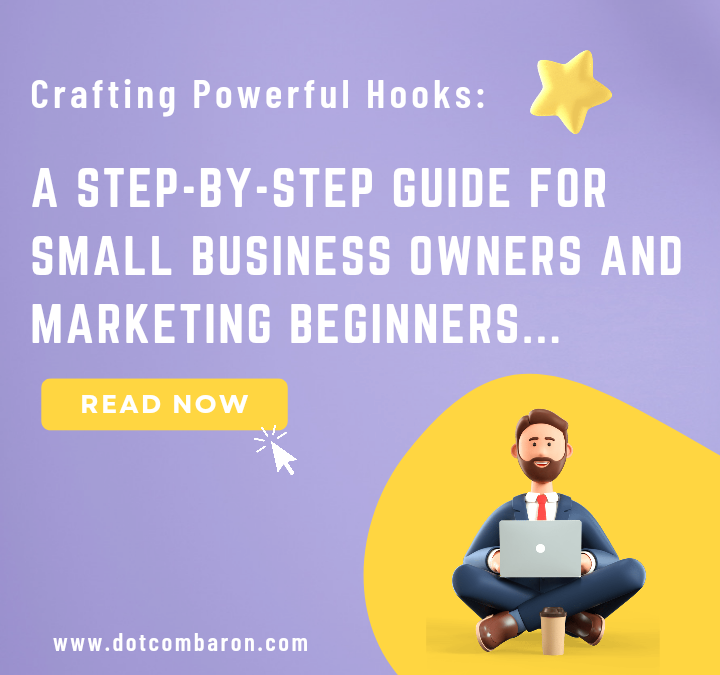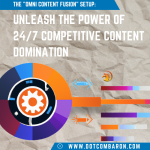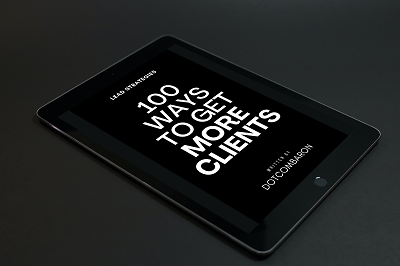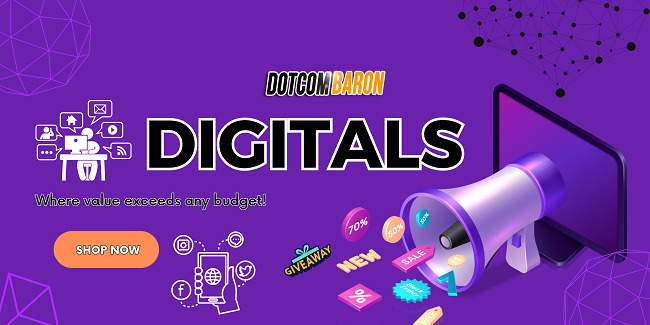Introduction:
Navigating the sea of information today, the power to draw in and engage your audience from the first line is more than a skill – it’s an essential survival tool.
The challenge escalates when your target audience consists of small business owners and marketing professionals.
This guide will empower you with practical tips and strategies to compose compelling hooks, captivating your readers and making them curious to delve deeper into your content.
The Art of Drawing Them In
Your audience is inundated with an avalanche of content every day. Their time is precious. If you can’t grab their attention immediately, you risk losing them.
The hook you cast must answer the crucial question – “Why should I invest my time reading this?”
It should resonate with the reader’s challenges, offer a glimpse of a solution, and indicate the valuable insights awaiting them if they continue reading.
Let’s consider an example. Suppose you’re crafting content for a small business owner striving to enhance their online visibility.
Your hook could be, “Exhausted by your underperforming online visibility despite investing countless hours into your digital marketing strategy?
Uncover three tried-and-tested tactics to elevate your brand’s online presence.”
Promise a Solution
A hook that merely points out a problem falls short of the mark. Your hook must also suggest a solution, building anticipation and motivating your readers to engage with your content.
The hint of a solution to their challenges can serve as a potent draw for your audience.
For instance: “Overwhelmed with managing your customer data? Find out how integrating a Customer Relationship Management system can revolutionize your workflow.”
Add a Layer of Trust with Quantifiable Proof
Incorporating a surprising statistic or a credible fact in your hook not only captures the reader’s attention but also enhances your credibility, fostering trust among readers.
For example: “Were you aware that 90% of startups flounder within their initial five years? Learn how you can sidestep this statistic by adopting these five robust business strategies.”
Spell Out Specific Outcomes
An effective hook goes beyond promising a solution – it outlines specific outcomes. A vague promise may cast doubt on your content’s reliability.
The more precise you are about the potential gains, the more your readers will be tempted to continue reading.
For instance: “Find out how employing an efficient SEO strategy can boost your website traffic by a staggering 60% within a mere six months.”
Leave Them Hungry for More
A well-placed cliffhanger can ignite curiosity and anticipation, nudging your audience to read on to discover the answer or the outcome.
For example: “What if a single tweak to your marketing strategy could double your sales? Stay tuned – we’re about to spill the beans…”
Conclusion:
Constructing an impactful hook involves recognizing your audience’s challenges, offering a taste of a solution, promising tangible results, and stoking a sense of anticipation. It must be enticing, provocative, and deliver a promise of value to the reader.
Practice, as they say, is the key to mastery. Start honing your hook-writing skills, experiment with varying styles, and identify what resonates most with your audience.
As you refine this skill, you’ll discover your ability to reel in your readers and significantly enhance your content’s overall engagement and effectiveness.
Now, you’ve seen how powerful a well-crafted hook can be. But this is just the beginning. If you want to dive deeper and discover more strategies for accelerating your business growth, why not sign up for our newsletter?
Join a community of like-minded professionals and get insights and tips delivered straight to your inbox.
Don’t miss out – start your journey to business success today amd signup for Dotcombaron’s news letter…








